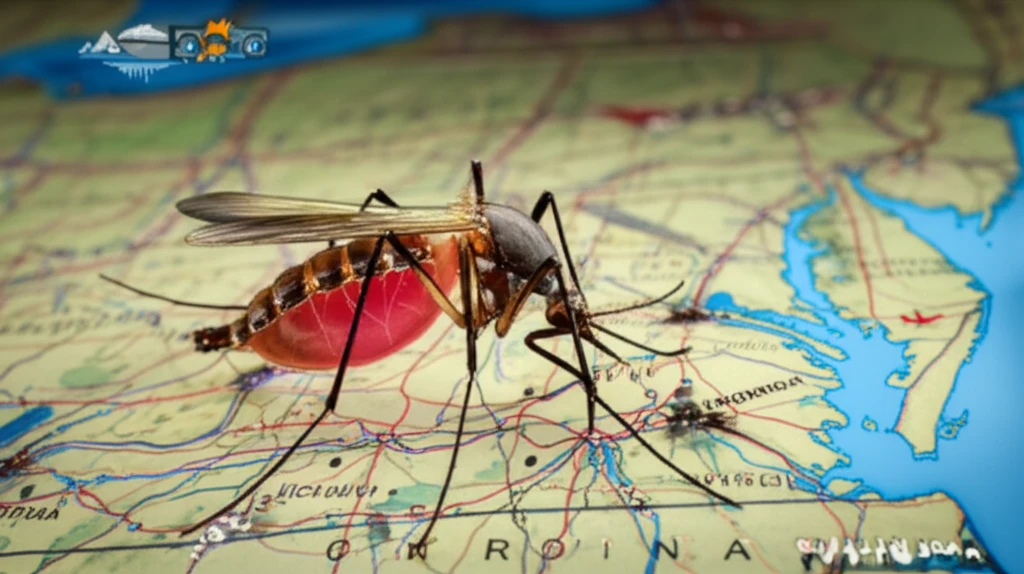
Mosquitoes in Virginia? The unexpected arrival of the Culex Coronator.
"Learn how this species is rapidly adapting and spreading, posing new health and environmental challenges."
For years, the Culex coronator mosquito was primarily known as a resident of warmer, Neotropical climates. However, recent findings have placed this species in a new, unexpected location: Virginia. This discovery marks the northernmost record of the Culex coronator in the United States, raising questions about its adaptability and potential impact on local ecosystems and public health.
The initial finding, documented in a 2017 study published in the Journal of the American Mosquito Control Association, details the collection of a single adult female Culex coronator in Suffolk, Virginia, during a routine mosquito surveillance program. This event has spurred increased interest in understanding how this species is expanding its range and what measures can be taken to monitor and manage its presence.
This article delves into the specifics of the Culex coronator's emergence in Virginia, exploring the factors that may have contributed to its arrival and spread. We will also examine the potential ecological and health implications, as well as the strategies being employed to study and control this newly established mosquito population. Understanding these aspects is crucial for protecting both the environment and public health in the region.
How Did a Tropical Mosquito End Up in Virginia?

The appearance of Culex coronator in Virginia is a complex issue with several potential contributing factors. Mosquitoes, like many other species, are influenced by climate change, which can alter their habitats and allow them to survive in regions previously inhospitable. Warmer temperatures and changing precipitation patterns might be enabling the Culex coronator to expand its range northward.
- Climate Change: Altering habitats and allowing survival in new regions.
- Severe Weather: Hurricanes and storms transporting mosquitoes.
- Human Activity: Accidental introduction through travel and trade.
What's Next?
The discovery of Culex coronator in Virginia serves as a reminder of the dynamic nature of ecosystems and the challenges posed by invasive species. Continued monitoring, research, and community engagement are essential for understanding and managing the potential impacts of this mosquito. By staying informed and proactive, we can protect both public health and the environment from emerging threats.
